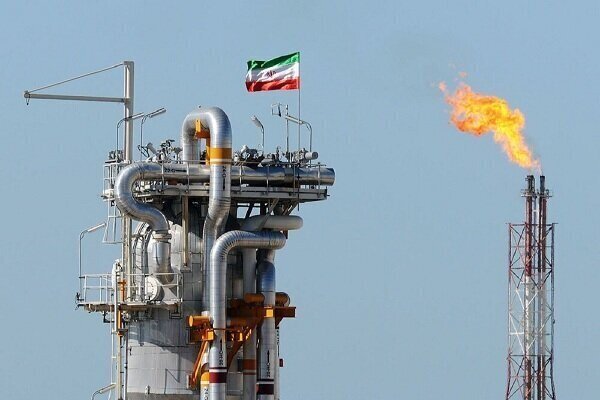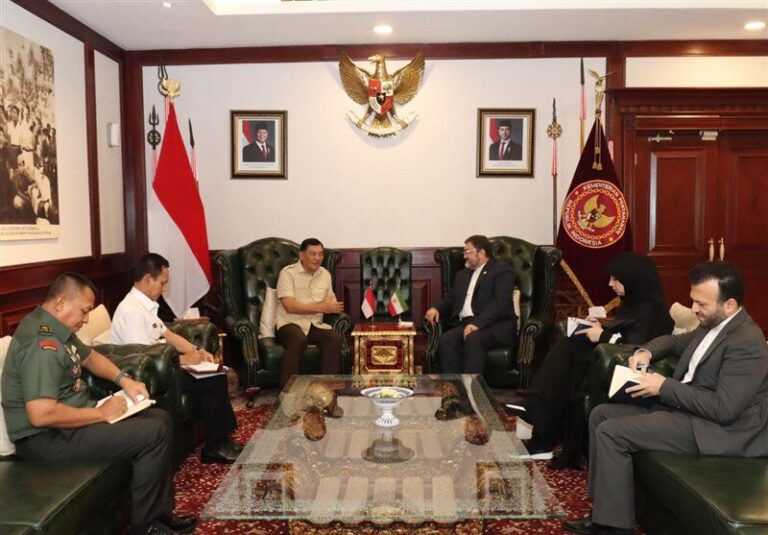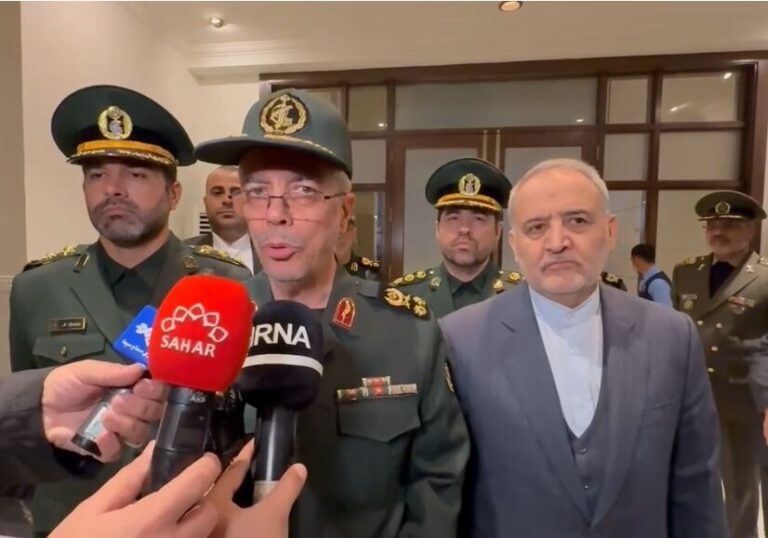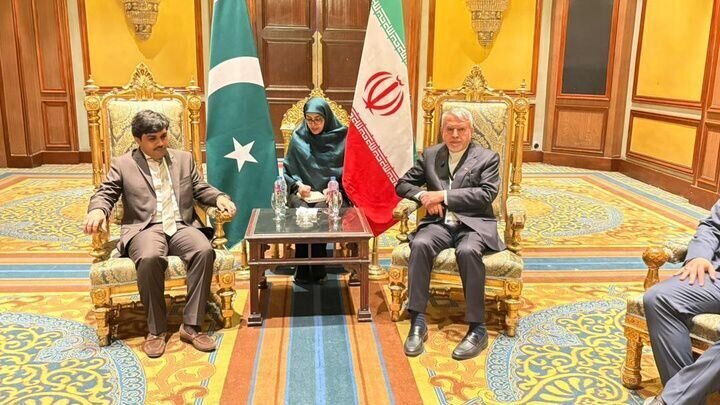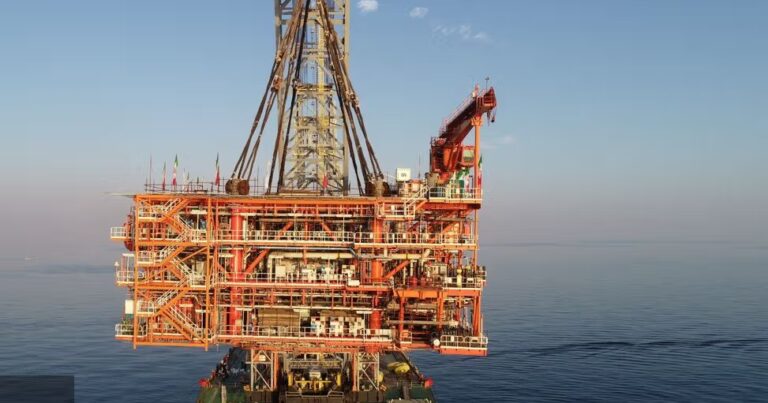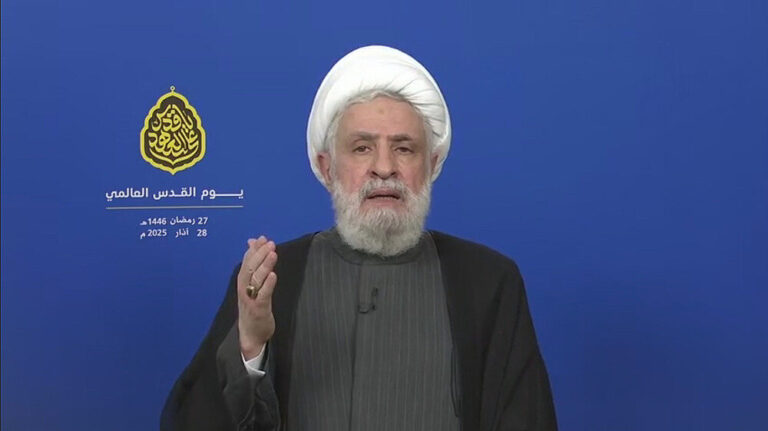Iran Rises as World’s 3rd Largest Natural Gas Producer: What This Means for Global Energy Markets
Iran’s gas supply network stands out with an impressive coverage of over 95 percent, making it one of the most extensive in the world. This remarkable achievement highlights the country’s commitment to energy infrastructure, especially when compared to global leaders like the United States and Russia. In this article, we explore the significance of Iran’s gas supply network, its extensive reach, and future projections regarding gas supply.
According to a recent report, Iran boasts one of the longest and most intricate gas supply networks globally. In fact, the total length of Iran’s gas pipelines exceeds the distance between the Earth and the Moon by a staggering 15%. This achievement not only showcases the country’s engineering capabilities but also emphasizes its strategic importance in the energy sector.
Here are some key points about Iran’s gas supply network:
- Extensive Coverage: Iran’s gas supply network covers more than 95% of the country.
- Global Comparison: In contrast, the gas supply coverage in the United States and Russia is 53% and 70%, respectively.
- Pipeline Length: The length of Iran’s gas pipelines is significantly greater than the distance to the Moon, illustrating the scale of this infrastructure.
The Plan and Budget Organization (PBO) has also provided insights into the future of gas supply in Iran. According to their estimates, the average gas deficit in 2027 is projected to reach 373 million cubic meters for the entire year. This potential shortfall raises important questions about the sustainability and management of Iran’s gas resources.
Iran’s gas network is not just about coverage; it plays a crucial role in supporting the country’s economic development and energy security. The extensive network allows for efficient distribution of gas to residential, industrial, and commercial sectors, enhancing the quality of life for many Iranians.
Moreover, the intricate gas pipeline infrastructure positions Iran as a key player in regional energy dynamics. The country’s ability to export gas through its extensive network could have significant implications for its economy and international relations. As neighboring countries seek to secure energy supplies, Iran’s robust infrastructure will likely attract interest and investment.
In addition to economic benefits, maintaining such a vast gas supply network comes with challenges. The government must continuously invest in maintenance and upgrades to ensure reliability and safety. Furthermore, as the global energy landscape evolves, Iran may need to adapt its strategies to meet changing demands and environmental regulations.
Here are some potential challenges that Iran may face regarding its gas supply network:
- Investment Needs: Continuous investment is essential for the maintenance and expansion of the gas supply network.
- Environmental Regulations: Adapting to stricter environmental standards could require significant changes to infrastructure and operations.
- Market Competition: Increased competition from other energy producers may impact Iran’s market share.
Despite these challenges, Iran’s gas supply network remains a critical asset. The country’s strategic investments in energy infrastructure have positioned it favorably on the global stage. As energy demands continue to rise, the ability to efficiently distribute gas will be paramount for Iran’s continued growth and stability.
In conclusion, Iran’s gas supply network is a testament to the country’s engineering prowess and strategic foresight. With over 95% coverage and a pipeline length that exceeds the distance to the Moon, Iran is well-equipped to meet both domestic and regional energy needs. However, the projected gas deficit by 2027 serves as a reminder of the need for ongoing investment and innovation within the sector.
As the world shifts towards sustainable energy sources, it will be interesting to see how Iran navigates these changes while leveraging its vast gas supply network for economic growth and energy security.
